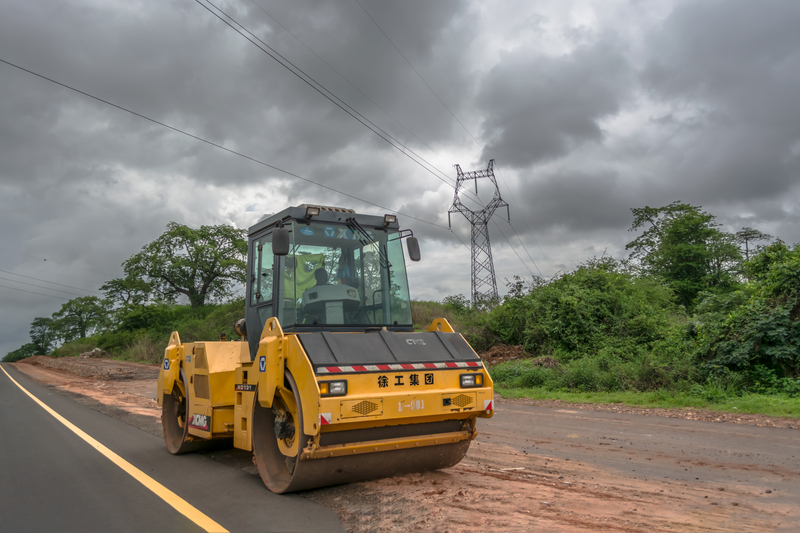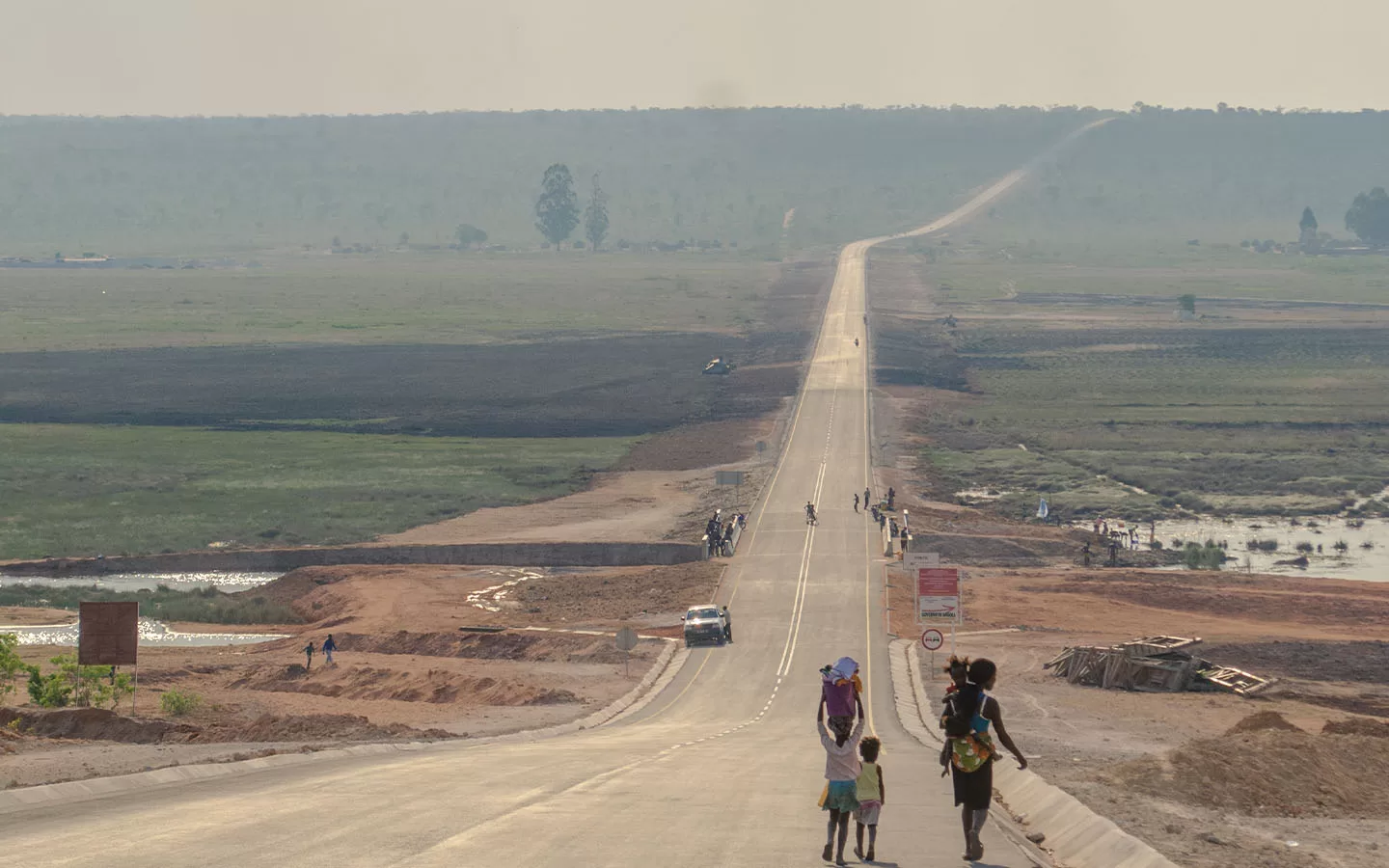According to local media reports, China Road and Bridge (CRBC) has been chosen to build Angola’s first motorway. The project entails a 1,400 km-long project that will link the north and south of the country. Angola’s minister of public works, Carlos dos Santos, noted that the company, a subsidiary of China Communications, has signed a memorandum of understanding. The memorandum between the Angolan government and China Roads and Bridges (CRBC) ensures progress on ongoing feasibility studies. The minister noted that the feasibility studies should be finalized in the second or third quarter of 2025. He also noted that construction would follow shortly afterward, either in the same year or early 2026. Furthermore, he added that the project would be procured as a public-private partnership and that CRBC would invest “around $50-75m”. The project is estimated to be a multi-billion project that costs around $2.5 billion.
The State of Affairs Regarding Angola’s First Motorway
Implementing the 1,400-km Angola’s first motorway is a project that has been in the pipeline for a while. The minister said the road would connect the southern Angola province of Cunene with the provinces of Zaire and Cabinda in the north. Moreover, it would also improve the country’s international connections with its neighboring nations. This includes nations such as Namibia in the south and the Democratic Republic of Congo in the north. The contracted company, CRBC, has a long track record in Angola. It opened its first office in the country just three years after the end of the war with UNITA in 2002. In the last two decades, it has built or restored a range of infrastructure damaged during the war, including roads, bridges, housing, municipal buildings, ports, and airports. The Angolan government is hopeful that they will deliver as they have on numerous occasions.
Also read:
Italy to Invest $320 Million in Angola’s Lobito Corridor Development
The Significance of the Trans-Angolan Motorway
Upon completion, the significance of Angola’s first motorway is precedented to have an enormous impact and significance. For instance, the road is intended to act as an economic corridor. This means it will create trade opportunities for businesses along its length and improve regional integration. Furthermore, the motorway will improve Angola’s transport sector and ensure easy access to the north and south of the country. It will also reduce vehicle congestion along Angola’s major roads as it provides an alternative. Once CRBC finalizes the studies and projects, the two parties will decide whether the PPP should include a concession for CRBC and whether the road would be tolled. Tolling the road will provide revenue for the Angolan government, which will help to recover the money spent on construction. Furthermore, the revenue could be channeled to other major projects and services that the nation’s citizens need.
Angola as a Regional Infrastructure and Energy Hub
The successful implementation and completion of Angola’s first motorway puts Angola in a strong position to leverage its energy potential. Angola’s rapidly growing oil and gas industry has the potential to meet Africa’s growing demand. The country holds an estimated 27 trillion cubic feet of natural gas and 7.8 billion barrels of oil reserves. However, the sub-Saharan African country represents one of the lowest energy access rates globally. Infrastructure construction could help the nation to harness its potential as an energy hub and powerhouse.
Also read:

